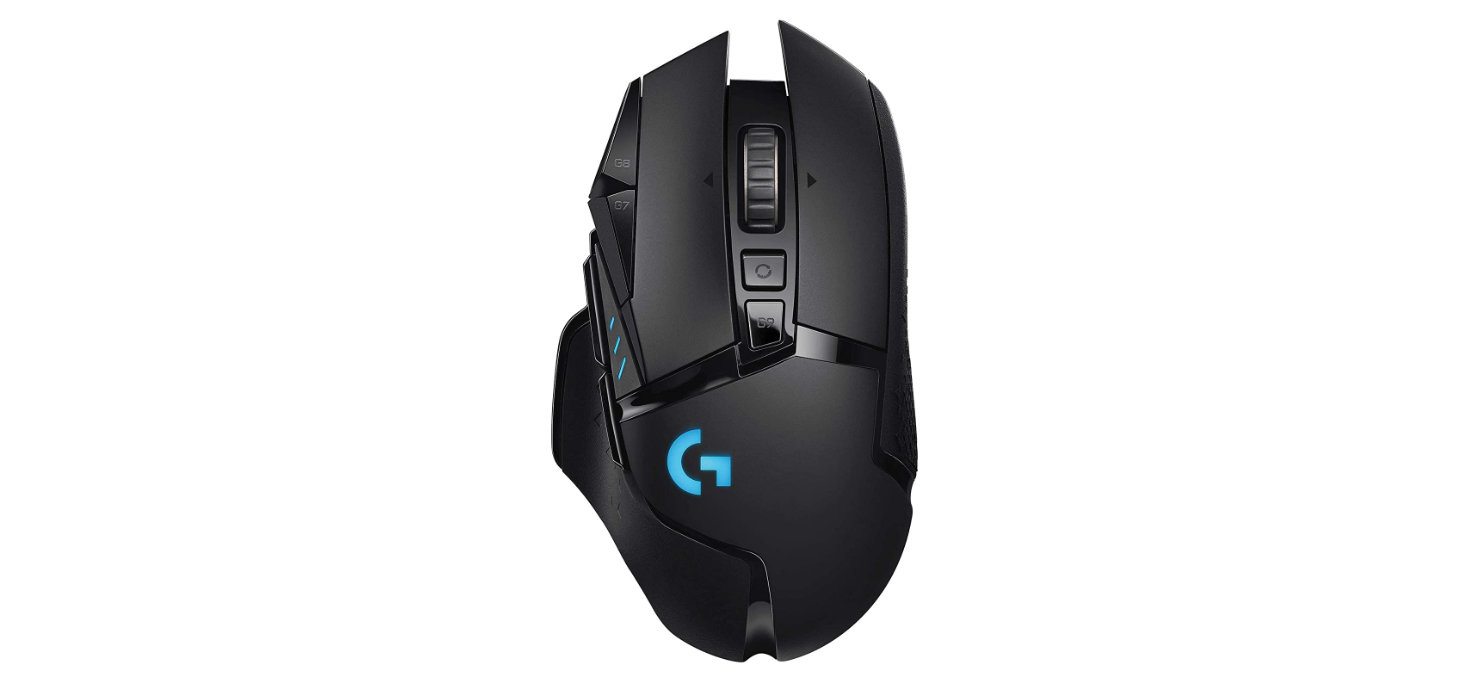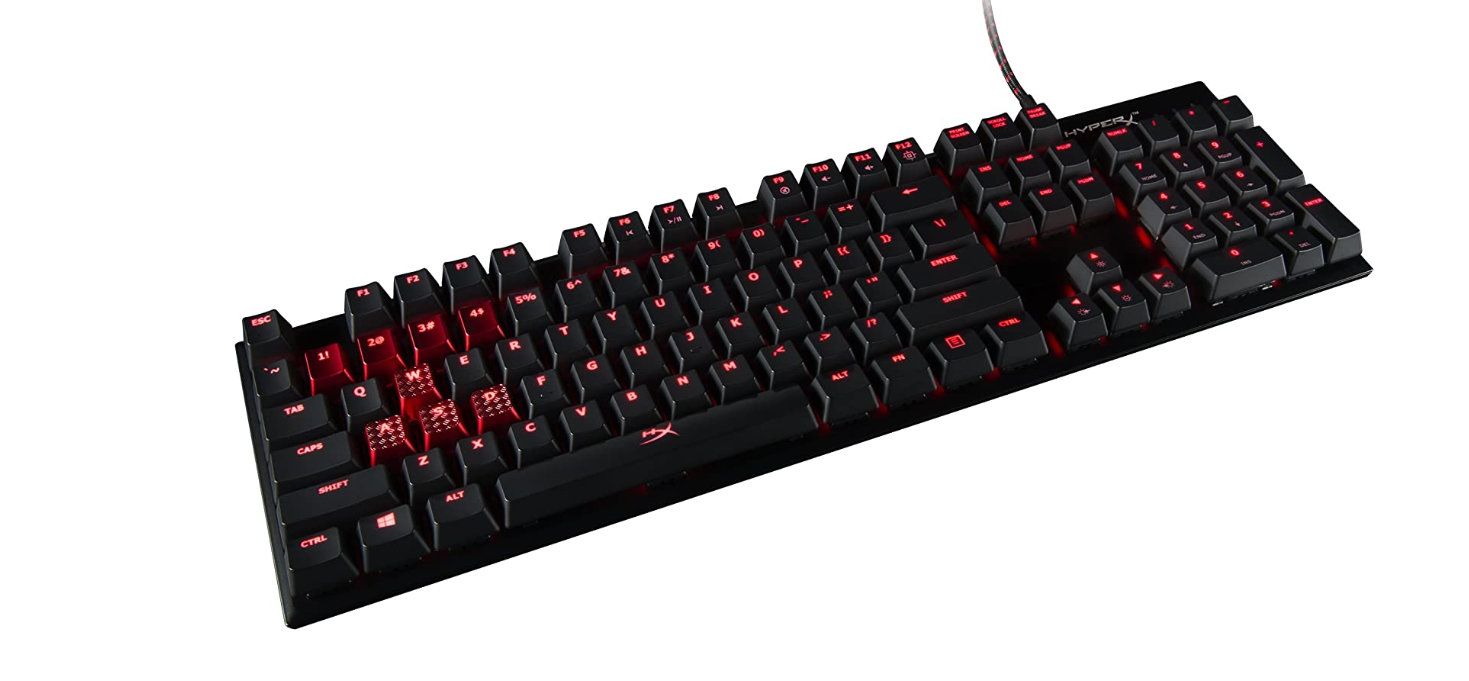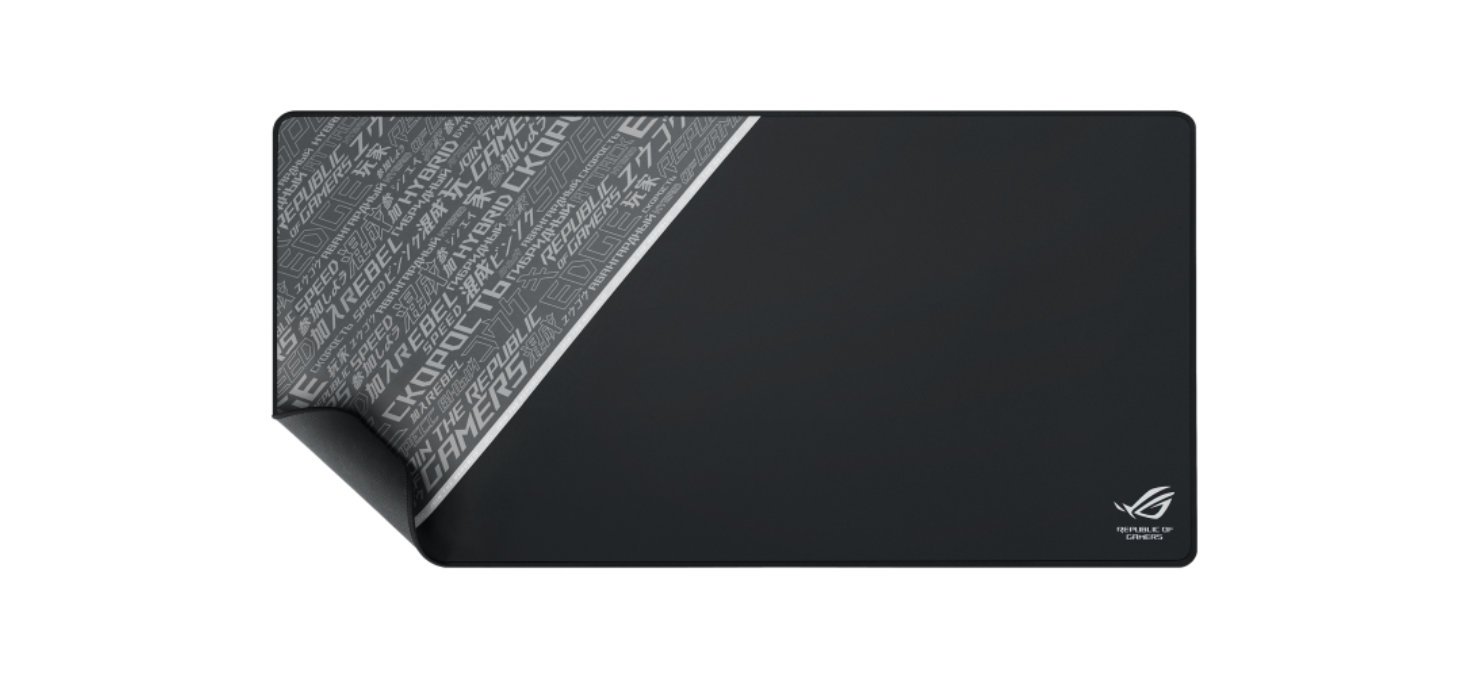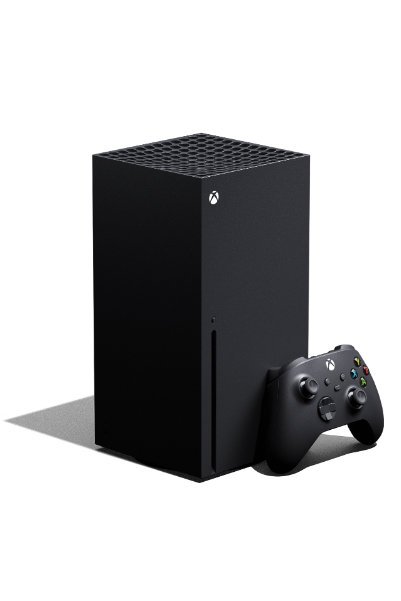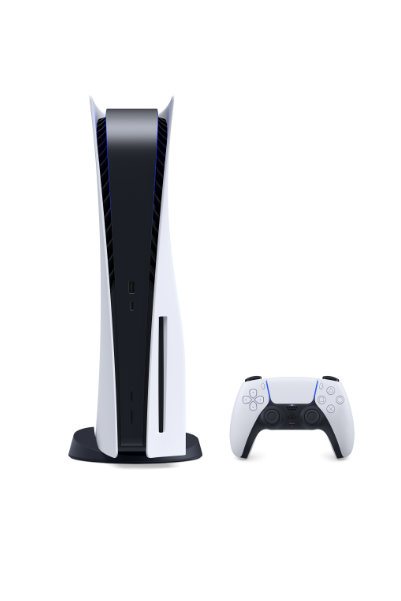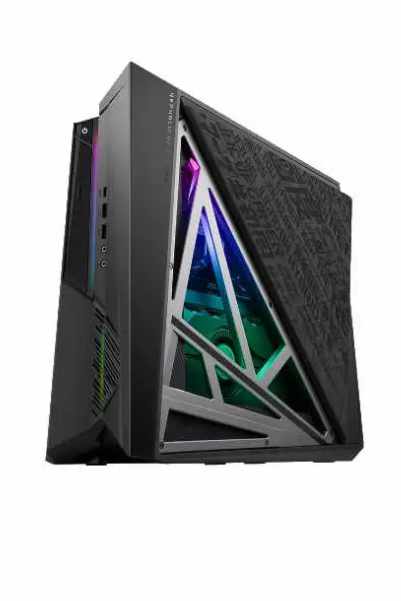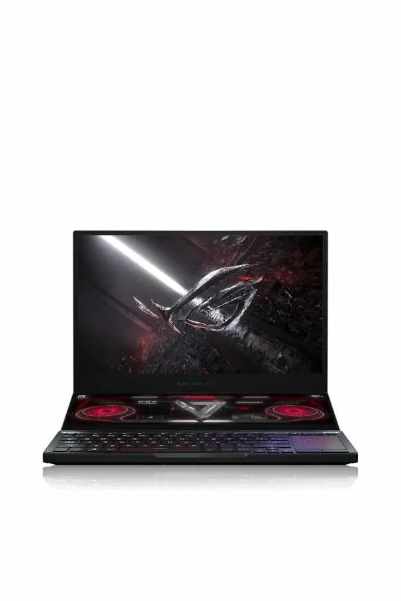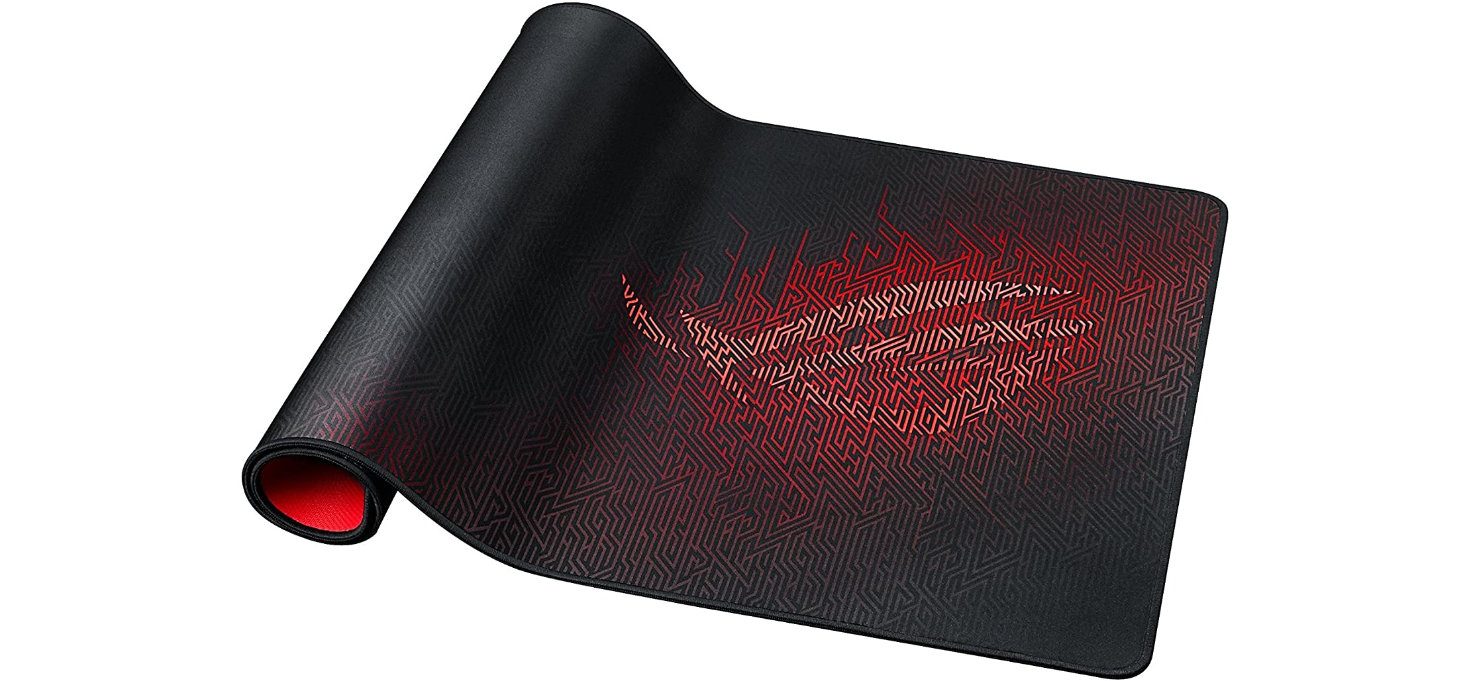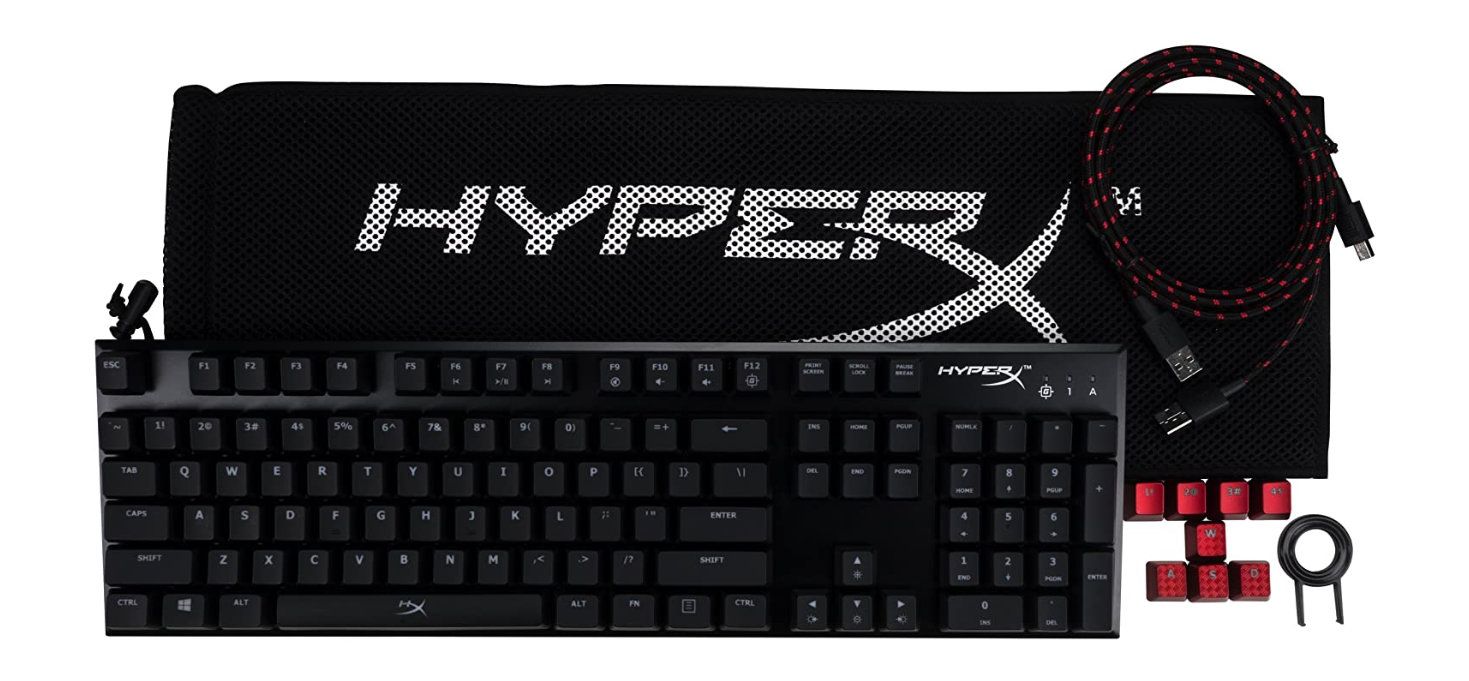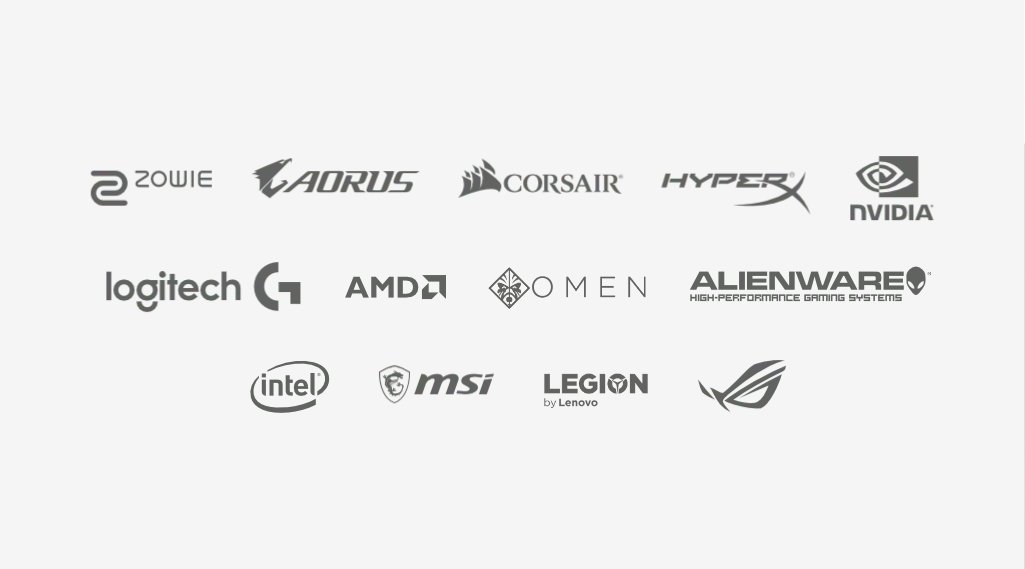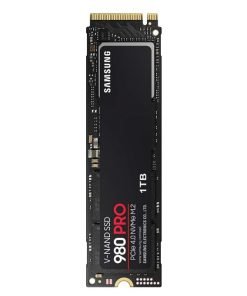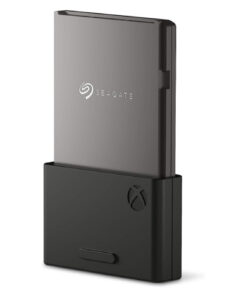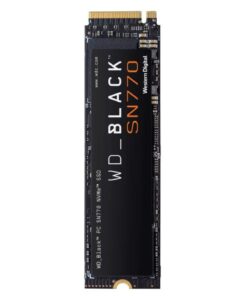Storage solid state, SSD, M. 2, NVMe
The storage in the solid state, also known as SSD, has revolutionized the way in which computers store and access the information. Compared to mechanical hard drives traditional, SSDS are faster, quieter and more resistant to shock and vibration. In addition, the SSD can be smaller and lighter than a mechanical hard drive, which makes it an excellent choice for portable computers and mobile devices.
What is an SSD?
A SSD is a data storage device that uses flash memory to store information. Unlike mechanical hard drives, traditional, using turntables and read heads to access data, an SSD has no moving parts. Instead, it uses flash memory chips to store and access data.
What is M. 2?
M. 2 is a form factor SSD that is commonly used in laptops and desktop computers. The SSD M. 2 are smaller and slender than the SSD of 2.5-inch traditional, which makes them ideal for mobile devices and ultrabooks. In addition, the SSD M. 2 tend to be faster than the SSD of 2.5-inch due to their direct connection to the motherboard of the computer.
What is NVMe?
NVMe is a protocol for data communication that is used to connect the SSD to the motherboard of the computer. Unlike the protocols of traditional storage such as SATA, NVMe was specifically designed for SSD and used channels of communication in parallel to increase the speed of data transfer. In simple terms, NVMe allows that SSDS are much faster than mechanical hard drives.
Why choose a SSD?
There are several reasons why you should choose an SSD instead of a mechanical hard drive. In the first place, SSDS are much faster than the mechanical hard drives, which means your computer will start faster, applications will load quicker and files transfer faster. Secondly, SSDS are more durable than mechanical hard drives because they have no moving parts to break or wear out. In the third place, the SSDS are quieter than a mechanical hard drives because they have no moving parts that make noise.
How to choose an SSD?
When choosing an SSD, there are several things that you should consider. In the first place, you must consider the capacity of the SSD. If you need to store many large files, you may want a SSD with a larger capacity. In the second place, you must consider the speed of the SSD. The SSD faster tend to be more expensive, but also offer better performance. In the third place, you must consider the form factor of the SSD. If you are upgrading a laptop existing, it is possible that you want a SSD M. 2. If you are building a desktop computer, you can choose an SSD of 2.5-inch

